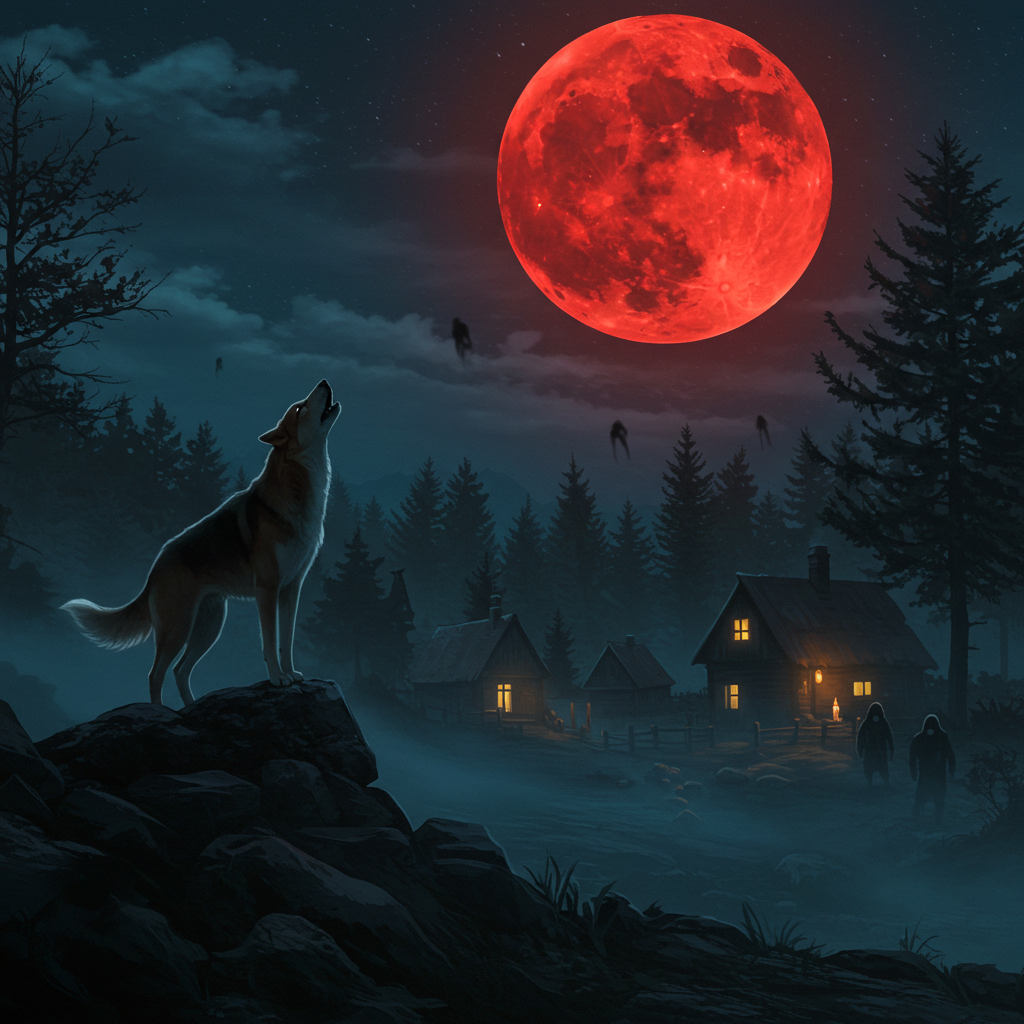According to widespread folk belief across multiple cultures, a dog’s prolonged, mournful howling during nighttime hours—especially when unprovoked and aimed at a particular household—is seen as a supernatural warning of impending death for someone within. The belief holds that dogs, due to their heightened senses and spiritual sensitivity, can detect the presence of spirits or sense the nearness of death before humans can. Some traditions enhance this interpretation based on contextual factors: if the howling occurs under a full moon, near a cemetery, or if several dogs howl in unison, the omen is considered more severe. Additional signs such as a dog digging near a threshold, howling while staring into an empty corner, or refusing to enter a room may reinforce the prediction.

A baby’s future career or fate is predicted by the first object they select during a ceremonial setup.
In several Asian and Eastern European cultures, a traditional ceremony is held for babies usually around their first birthday. Known


